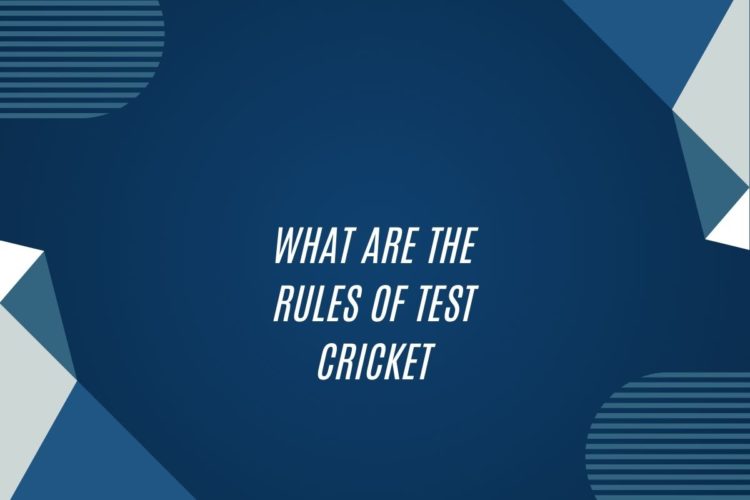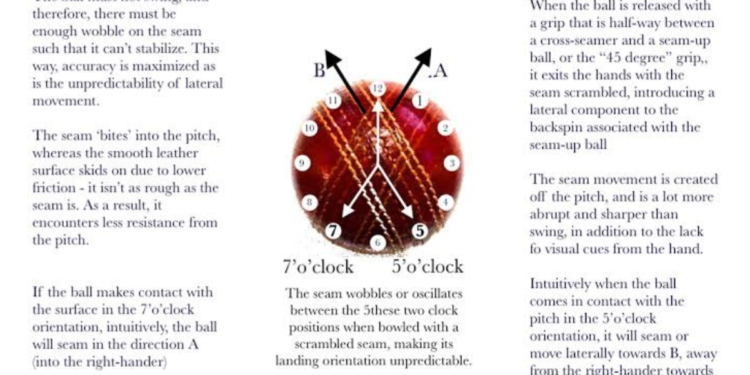Fielding Positions
Fielding positions in cricket play a crucial role in the game’s strategy and defense. As the fielding team sets up, players position themselves strategically across the field to anticipate and react to the batsman’s shots. Each fielding position has a specific purpose, from preventing boundaries to targeting specific batsmen.
The positions on the field are named based on their location relative to the batsman and the pitch. For example, there are positions like slip, gully, cover, mid-off, and leg slip. These designated areas help fielders cover different zones of the field and work together to create pressure on the batting side. Proper placement of fielders can often lead to catches, run-outs, and ultimately, wickets for the fielding team.
Batting Order
The batting order in a cricket team determines the sequence in which the team’s batters will go to the crease to face the opposing bowlers. The decision on the batting order is crucial as it can greatly impact the team’s chances of building a competitive score. The order is typically determined by the team’s captain and coach based on the players’ strengths, abilities, and form.
The batting order is usually structured with the best batters positioned at the top of the order to face the new ball when it swings the most. This allows the team to capitalize on early scoring opportunities and set a solid foundation for the innings. As the order progresses, the batters are strategically placed to maintain momentum, rotate strike, and capitalize on scoring opportunities throughout the innings.
Scoring Runs
Cricket involves the primary objective of scoring runs, which is accomplished by the batsmen hitting the ball and running between the wickets. Each run scored contributes to the team’s total score, and the more runs a team can accumulate, the better their chances of winning the match.
Batsmen earn runs by running between the wickets after hitting the ball into open spaces on the field. Batsmen can also earn runs by hitting boundary shots, such as fours and sixes, where the ball crosses the boundary rope after bouncing or in the air. Strategies for scoring runs vary depending on the match situation and the skill of the opposition’s bowlers and fielders.
Dismissals
In the game of cricket, the term “dismissals” refers to the various ways in which a batsman can be declared out. Some common types of dismissals include being bowled, caught, lbw (leg before wicket), run out, stumped, and hit wicket. Each dismissal has its own specific criteria and is determined by the on-field umpires.
When a batsman is bowled, it means that the ball delivered by the bowler has hit the stumps, resulting in the batsman being out. Being caught involves a fielder catching the ball hit by the batsman before it touches the ground. In the case of an lbw dismissal, the umpire rules that the ball would have gone on to hit the stumps if the batsman’s leg had not intervened. Run out occurs when a fielder dislodges the bails at the batsman’s end before the batsman reaches the crease, while stumped refers to the wicketkeeper removing the bails when the batsman is outside the crease. Finally, a hit wicket dismissal happens when a batsman accidentally dislodges the stumps with their bat or body, thus being declared out.
Bowling Rules
When it comes to bowling in cricket, there are certain regulations that bowlers must adhere to. One crucial rule is the legality of the bowling action. Bowlers must ensure that their bowling action does not contravene the rules stipulated by the International Cricket Council (ICC). Any bowler found to have an illegal bowling action may face penalties or suspension.
Another key bowling rule is related to the front foot no-ball. Bowlers must ensure that their front foot does not cross the popping crease when delivering the ball. If the on-field umpire deems that a bowler has overstepped the line, a no-ball is called, and the batting team gets an extra run. It is essential for bowlers to maintain their discipline and ensure that they adhere to the front foot no-ball rule to avoid conceding unnecessary runs to the opposition.























